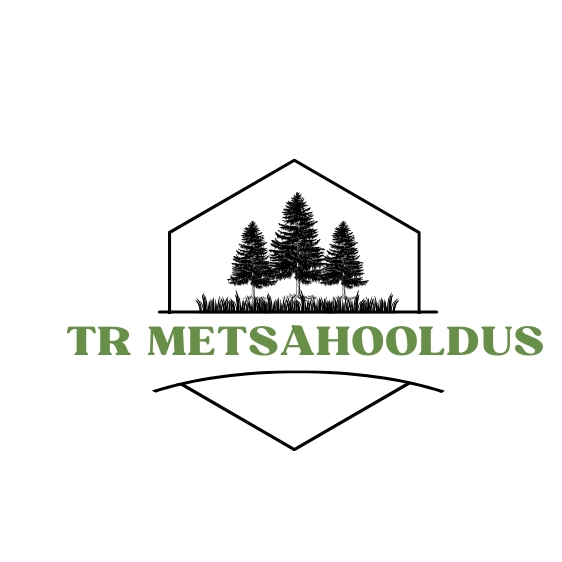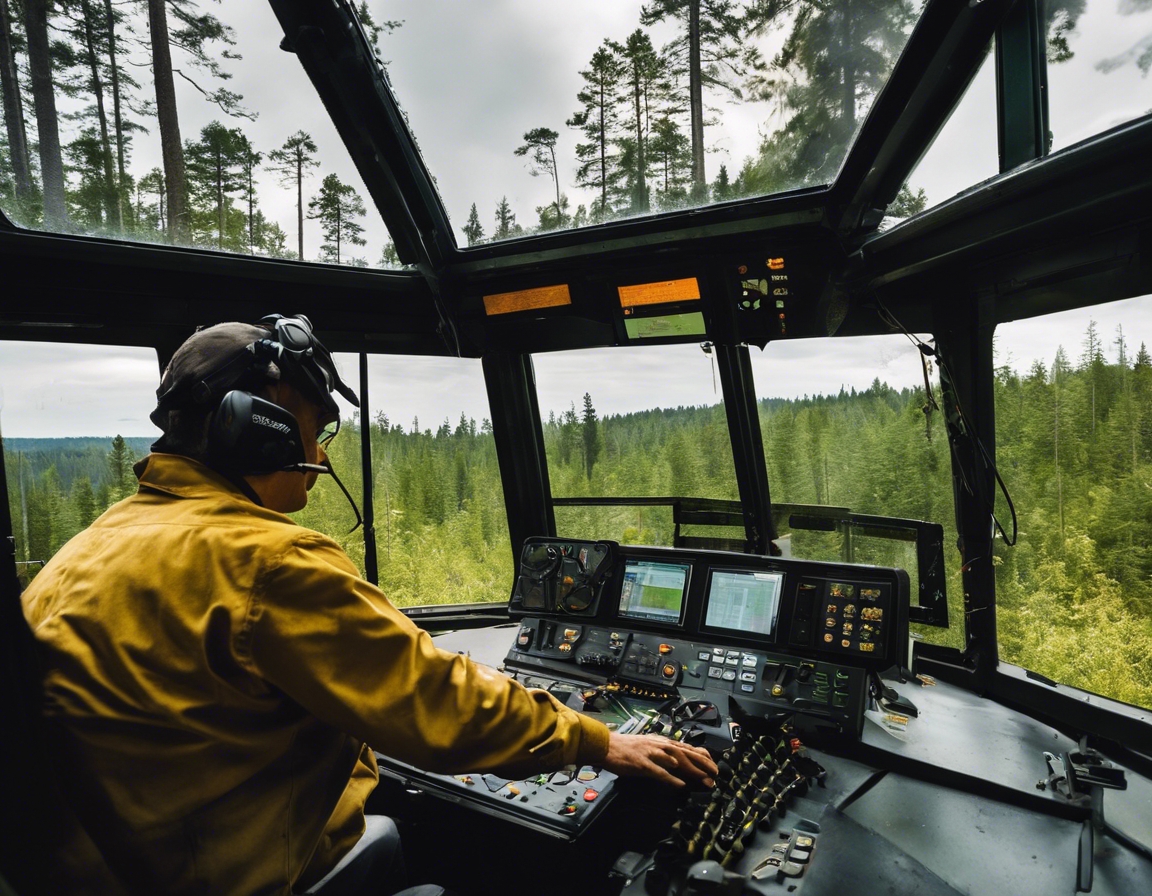Innovative shrubbing techniques for forest maintenance
Shrubbing, the practice of managing and controlling shrub vegetation in forested areas, is a critical component of forest maintenance. It involves the selective removal or reduction of certain shrub species to promote a healthy and diverse ecosystem. Proper shrub management can help prevent forest fires, control invasive species, and support wildlife habitat.
Innovative shrubbing techniques are essential for modern forest maintenance. They offer a way to enhance the ecological integrity of forests while also addressing the challenges posed by climate change and human activities. By adopting new methods, forest managers can improve the resilience and sustainability of forest ecosystems.
Traditional vs. Innovative Shrubbing Methods
Traditional shrubbing methods have relied heavily on manual labor and mechanical tools. These practices, while effective in some contexts, can be labor-intensive and may not be suitable for large-scale or sensitive environments.
Conventional shrubbing methods can be disruptive to the soil and surrounding vegetation, leading to erosion and habitat destruction. Additionally, they may not effectively address the spread of invasive species or adapt to the changing climate conditions.
As the limitations of traditional methods become more apparent, innovative techniques are being developed to overcome these challenges. These methods aim to be more efficient, less damaging to the environment, and more adaptable to various forest conditions.
Key Innovative Shrubbing Techniques
Mechanical innovations in shrubbing include the use of specialized equipment designed to minimize soil disturbance and target specific shrub species. These tools can range from low-impact brush cutters to advanced mulching machines that leave a protective layer of organic matter on the forest floor.
Chemical management techniques involve the selective application of herbicides to control shrub growth. Innovations in this area include the development of eco-friendly herbicides and precision application methods that reduce the impact on non-target species and the environment.
Biological control techniques use natural predators or diseases to manage shrub populations. Advances in this area have led to the careful selection and introduction of control agents that are specific to invasive shrubs, thereby reducing the risk to native species.
Integrated shrub management combines mechanical, chemical, and biological techniques to create a comprehensive approach to shrub control. This strategy allows for adaptive management based on the specific needs and conditions of the forest ecosystem.
Technological Advancements in Shrubbing
Geographic Information Systems (GIS) and remote sensing technologies provide valuable data on shrub distribution and density. This information can be used to plan targeted shrubbing operations and monitor their effectiveness over time.
The integration of automation and robotics into shrubbing operations has the potential to revolutionize forest maintenance. Autonomous or semi-autonomous machines can perform shrubbing tasks with greater precision and consistency, reducing the need for human labor.
Drones are increasingly being used for forest management tasks, including shrubbing. They can access difficult terrain, provide real-time monitoring, and even deliver targeted treatments to specific areas.
Environmental and Economic Benefits of Innovative Shrubbing
Innovative shrubbing techniques can lead to enhanced biodiversity by creating habitats for various species and promoting a balance of flora and fauna. This, in turn, supports ecosystem services such as water purification, soil stabilization, and carbon sequestration.
By improving the efficiency of shrubbing operations, innovative techniques can reduce the overall cost of forest maintenance. This makes sustainable forest management more accessible and economically viable for a wider range of stakeholders.
The adoption of innovative shrubbing techniques is key to ensuring the sustainability and long-term health of forests. These methods help to maintain the ecological balance and resilience of forest ecosystems, which is crucial in the face of environmental challenges.






Comments (0)